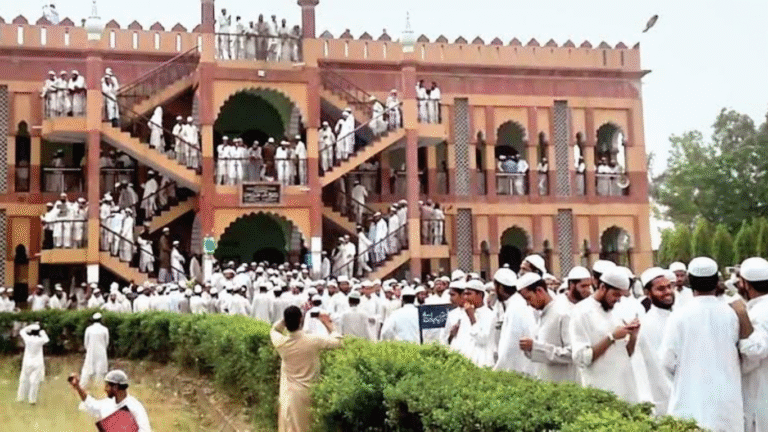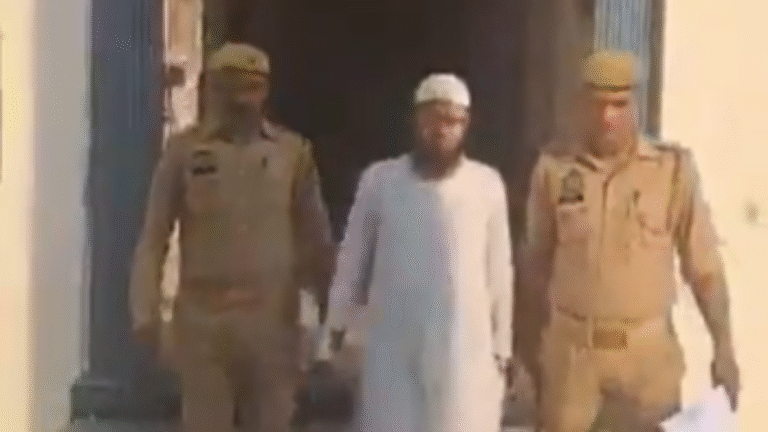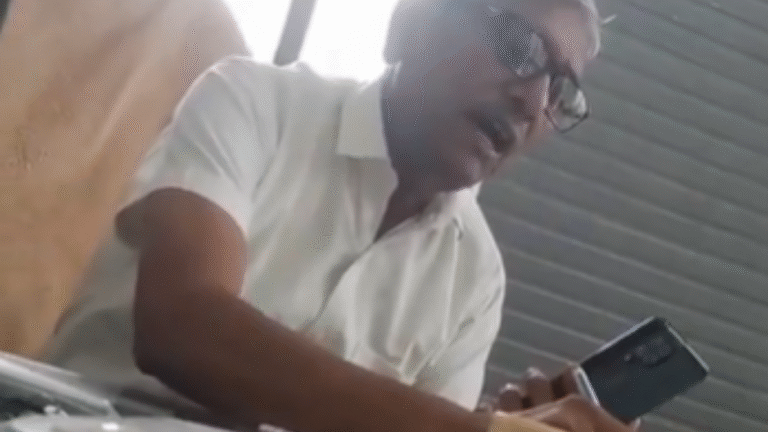
Introduction to Hardoi Bus Station
Hardoi Bus Station is the main public transport hub in the district of Hardoi, Uttar Pradesh. Located near the city center, it serves as a lifeline for daily commuters, tourists, and long-distance travelers. The station connects Hardoi with major cities such as Lucknow, Kanpur, Bareilly, Shahjahanpur, Sitapur, and more. It plays a crucial role in helping people travel for work, studies, business, and family visits.
The bus station is operated by the Uttar Pradesh State Road Transport Corporation (UPSRTC) and handles both government and private buses. Whether you’re catching an early morning ride to the capital or heading back from a nearby town, Hardoi Bus Station offers regular and affordable services. From local mini-buses to interstate deluxe coaches, a wide range of transport options is available throughout the day.
For people living in rural areas, this station is a gateway to opportunities. It also helps in the movement of goods, especially agricultural produce and small-scale items, adding to the local economy. The station may not be a modern facility like metro city bus terminals, but it serves its purpose with simplicity and reliability.
Facilities and Structure of Hardoi Bus Station
Hardoi Bus Station is a medium-sized terminal, not too fancy but functional enough for thousands of passengers each day. It has multiple platforms where buses arrive and depart, usually running on fixed schedules. Signboards are placed to guide travelers, although announcements are mostly made in Hindi and over loudspeakers.
Inside the bus station, you’ll find a ticket counter, usually crowded in the morning and evening hours. Government buses have a fixed fare system, and the fare chart is displayed publicly. In many cases, passengers now also prefer booking their tickets online through the UPSRTC website or mobile apps.
There are sheltered waiting areas with basic seating. These benches can be limited during peak hours, but they provide a resting space for senior citizens and women. Drinking water facilities, toilets, and a few small snack stalls are also available on the premises. You can grab a cup of tea, biscuits, or samosas while waiting for your ride.
Though the station needs a bit of modernization, cleanliness has improved in recent years. Regular cleaning is done by local staff, and dustbins are placed across platforms. Safety measures like CCTV cameras and security guards are slowly being introduced to enhance the passenger experience.
Auto-rickshaws and cycle rickshaws are easily available outside the station to take you to nearby places like the railway station, city market, or educational institutions. There are also shared vehicles that run on fixed routes toward nearby villages and blocks.
Routes and Connectivity from Hardoi Bus Station
One of the strongest aspects of Hardoi Bus Station is its connectivity. It serves as a transport bridge between Hardoi and various key locations in Uttar Pradesh and neighboring states.
Some of the most common routes and destinations include:
- Lucknow (110 km) – Buses to the state capital are frequent and take around 2.5 to 3 hours. Most travelers prefer the morning and evening slots. AC and non-AC buses are both available.
- Shahjahanpur (90 km) – Regular buses run on this route for students and traders. It takes around 2 hours.
- Kanpur (135 km) – This industrial hub is another major destination with daily buses. A ride usually takes 3 to 3.5 hours.
- Bareilly, Sitapur, and Unnao – These routes are also active, mostly through UPSRTC-operated services and some private operators.
In addition to these, local buses run within the district, connecting Hardoi town to places like Bilgram, Sandila, Mallawan, and Pihani. These services are vital for rural passengers, especially those coming for medical appointments, shopping, or administrative work.
During festival seasons and school holidays, extra buses are arranged to manage the crowd. Special services are also run during religious events like Melas and Eid, helping people reach home safely and on time.
Challenges and Improvements Needed
Despite its importance, Hardoi Bus Station faces a few challenges that need attention. The infrastructure is outdated in some sections. Platforms are not always well-marked, and passengers often have to ask conductors or drivers directly to confirm their bus.
At night, lighting is dim, and security can be a concern, especially for women and senior travelers. While there are security guards, a better system of surveillance like CCTV monitoring, women help desks, and first-aid stations would make a big difference.
Another issue is the lack of digital boards or mobile updates. In big cities, people can track bus timings online, but Hardoi still depends mostly on manual announcements. Passengers have to rely on word-of-mouth, which can be confusing for outsiders or first-time visitors.
The condition of buses also varies. While UPSRTC is working on upgrading its fleet, some older buses still operate with limited comfort. Introduction of electric buses or semi-sleeper coaches would be a good step forward.
However, there are positive signs too. The local administration, along with the state transport department, has started working on beautification projects, waste management, and better passenger services. With more attention and funding, Hardoi Bus Station has the potential to become a modern and passenger-friendly transport hub.
Final Thoughts: Why Hardoi Bus Station Matters
Hardoi Bus Station may not have glass walls or automatic gates, but it has heart, hustle, and history. For the people of Hardoi, it’s more than just a stop — it’s a place of beginnings and reunions. Every day, it witnesses students leaving for universities, farmers bringing goods to the market, and families returning home after long journeys.
The station may need improvements, but it stands as a symbol of connection, especially in a district where buses remain the most affordable and accessible mode of transport. If you’re ever traveling to or from Hardoi, a visit to this station will give you a real sense of the district’s pace, people, and pulse.



